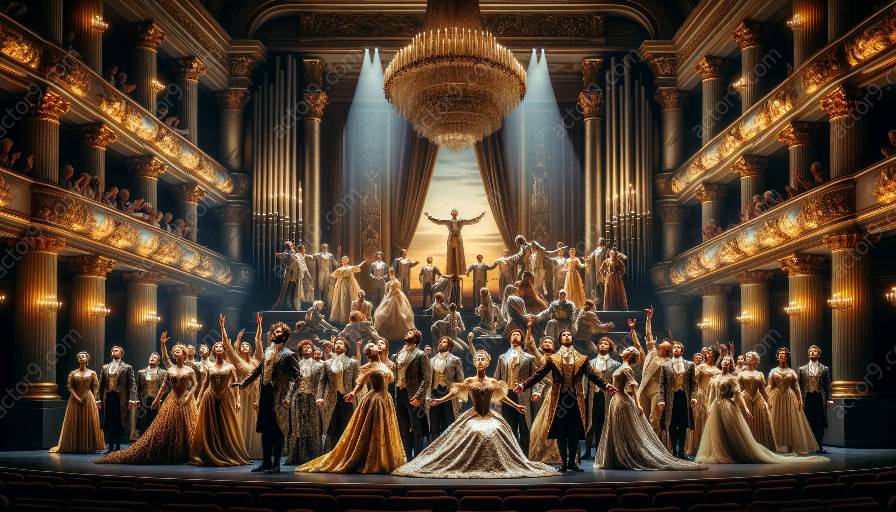Introduction
Opera is a powerful form of artistic expression that encompasses music, drama, and visual arts. As an art form, opera has the potential to reflect and contribute to representation and diversity through its interpretation and staging. This topic cluster aims to delve into the various ways in which the interpretation and staging of operas impact representation and diversity and how opera performances shape our perception of cultural and social inclusivity.
Interpretation and Representation
One of the most significant ways in which interpretation and staging contribute to representation and diversity in opera is through the portrayal of characters. Opera productions have the ability to reimagine and reinterpret traditional roles, allowing for diverse casting and representation. By reimagining characters and narratives from different cultural and social perspectives, opera performances can celebrate diversity and challenge traditional norms.
Staging and Diversity
Furthermore, the staging of operas plays a pivotal role in shaping the representation and inclusivity within the art form. The visual elements of opera productions, including set design, costumes, and choreography, offer an opportunity to embrace diversity and reflect a range of cultures and identities. Through thoughtful staging choices, operas can create a more inclusive and representative environment for both performers and audiences.
Social and Cultural Impact
Opera performances have the potential to drive social and cultural change by addressing important issues related to representation and diversity. By engaging with contemporary social and political themes, operas can provide a platform for diverse voices to be heard and represented. The themes and narratives explored in opera productions can resonate with audiences from various backgrounds, fostering a sense of unity and understanding.
Conclusion
In conclusion, the interpretation and staging of operas play a crucial role in shaping representation and diversity within the art form. By reimagining characters, embracing diverse staging choices, and addressing social and cultural issues, opera performances contribute to a more inclusive and representative artistic landscape. Understanding and appreciating the impact of interpretation and staging in opera is essential in promoting diversity and inclusivity within this rich and multifaceted art form.































